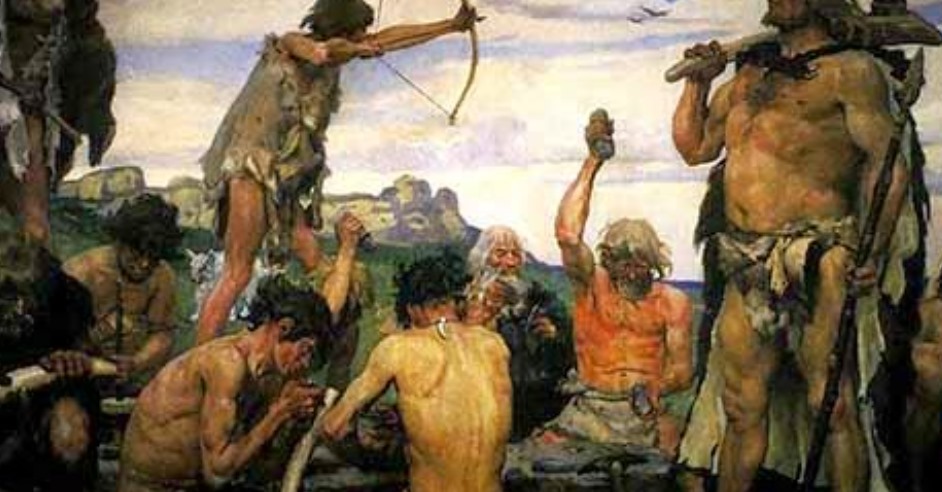Ancient Age and Modern Age: A Comparison
The Ancient Age and the Modern Age are two distinct periods in human history that show the evolution of civilization, knowledge, and lifestyle. The Ancient Age refers to the time when early human civilizations like the Egyptians, Greeks, Romans, and Indus Valley people laid the foundations of culture, art, science, and government. Life in ancient times was simple, slow-paced, and deeply connected to nature. People relied on agriculture, hunting, and basic tools for survival. Education was limited to a few, and communication was done through symbols, oral tradition, or handwritten scripts. Despite limited resources, ancient civilizations achieved remarkable feats in architecture, astronomy, mathematics, and philosophy. Monuments like the pyramids of Egypt and temples in India are examples of their brilliance.
In contrast, the Modern Age is marked by rapid development, advanced technology, and global connectivity. Science and innovation have transformed every aspect of life, from transportation and communication to medicine and education. Today, people live in cities with modern facilities, use the internet to access unlimited information, and travel across the world in hours. Education is more widespread, and technology plays a central role in daily life. While the Modern Age has brought convenience and efficiency, it has also led to challenges like pollution, stress, and a disconnect from nature.
Both ages have their strengths and weaknesses. The Ancient Age teaches us the importance of simplicity, wisdom, and harmony with nature, while the Modern Age offers progress, comfort, and knowledge. By understanding and respecting both eras, we can learn to live a balanced life—one that combines the wisdom of the past with the innovations of the present.




